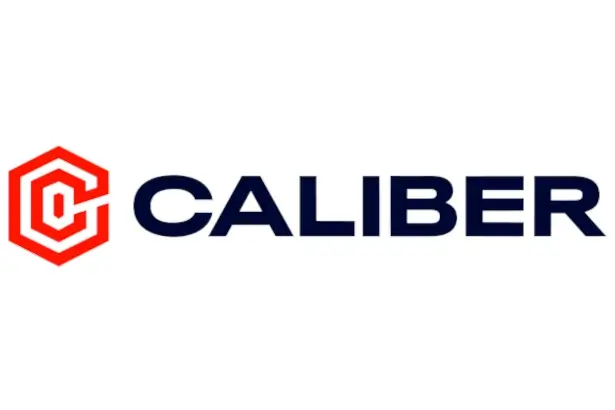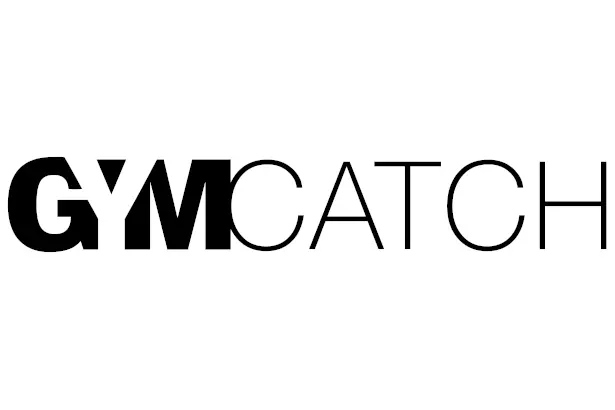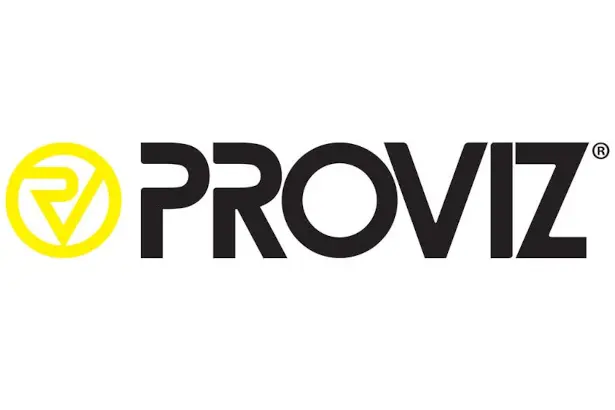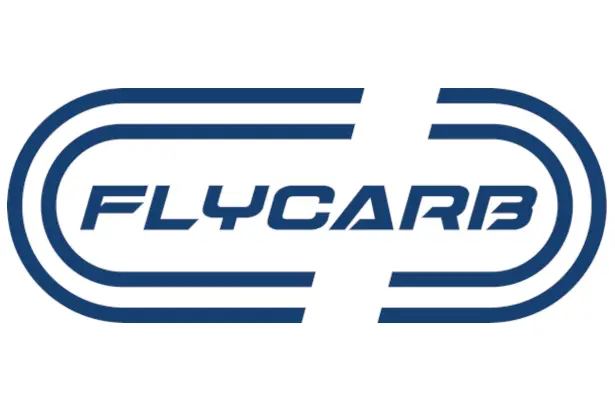With the bench press dominating most gym routines, cable crossover exercises are often overlooked.
However, incorporating cable crossovers into your workout is key for sculpting the chest with precision and control.
Our guide explores every cable chest exercise and shows you exactly how to do them, from the classic standing cable crossover to variations like the low cable
crossover.
Keep reading to discover easy ways to build and define your chest.
7 Cable Crossover Exercises
- 1. Standing Cable Crossover / Cable Fly
- 2. High Cable Crossover / High Cable Fly
- 3. Decline Cable Crossover / Decline Cable Fly
- 4. Unilateral Cable Crossover / Single Arm Cable Fly
- 5. Cable Crossover with Resistance Bands
- 6. Low to High Cable Crossover
- 7. Single Arm Low Cable Crossover / Fly
In this article, we’re going to show you how to:
- Set up the cable crossover equipment correctly for each exercise
- Position and execute each movement and variation
- Cable crossover muscles worked for each exercise
Let’s jump in…
How to Do a Cable Crossover: Beginner Tips
If you’re completely new to cable crossovers, don’t worry – we’ve got you covered. Simply start light, focus on form, and build confidence with each rep.
Step 1: Set the pulleys just above shoulder height and choose a lightweight. Stand in the middle, grab a handle in each hand, and step one foot forward for balance.
Step 2: With a slight bend in your elbows, bring your hands together in front of your chest in a wide arc. Pause briefly, then return slowly to the start. Keep the movement smooth and controlled.
How to Choose the Right Weight on the Cable Crossover
Choosing the right weight depends on your goals:
Tone and Definition: 15 – 20 REPS
Putting on size: 8 – 12 REPS
Never sacrifice weight for technique, especially with these types of movements…
1. Standing Cable Crossover / Cable Fly
The standing cable crossover is the most common cable chest exercise that is performed in the gym. See here how to perform the movement correctly, and read on after to learn how to adapt the exercise:
Set-Up:
- When doing the high-standing cable crossover, place the handles high enough that when the handles drop, they are roughly just above shoulder height. This can vary depending on your height.
- Attach stirrup handles to both high pulleys
Starting Position:
- Grab one handle with the inside of your hand and take a step back to allow you to reach the second cable safely with your other hand.
- Take the tension from the weight
- Keeping your shoulders back and a straight back, take a step forward into the resistance with one leg staggered in front of the other (normally dominant leg behind for support) with the front knee bent
- Pull the weight forward with a slight bend in your elbows, with your hands open (more advanced) or closed
Execution:
- Pull your hands down in front of your body in an arc shape until your hands meet around a foot in front of your midriff
- Squeeze your chest at the end of the movement and slowly relax back to the starting position before repeating the movement. Keep your elbows higher than your hands throughout the movement
Breathe in on the relaxation phase and breathe out when contracting, keeping your head up at all times
Standing Cable Crossover Muscles Worked:
Prime Mover: pectoralis major muscles (chest)
Secondary Muscle: pectoralis minor (chest), rhomboids (back), levator scapulae, anterior deltoids (shoulder) and latissimus dorsi (back)
Common mistakes with the Standing Cable Crossover:
- Not engaging your core for stability
- Allowing hands to rise above the elbows
- Swinging the weights too fast
- Not forming an arc but pushing from the shoulders
Good to know:
Cable crossovers can also be performed with your feet together, but leaning forward provides more stability and a deeper contraction. However, when you can lean forward, it creates a deeper and more challenging repetition and is more stable.
- Cable crossovers target the pectoralis major muscles’ sternal heads, found at the bottom of your chest, as well as activating muscles in your shoulder and back.
- The standing Cable crossover exercise recruits the third most muscle fibres in your chest, only behind bench press and flyes.
2. High Cable Crossover / High Cable Fly
If you want to use cable crossovers to target slightly higher up the chest, the chest-level high cable crossover is a good adaptation of the traditional method:
Set-Up and Starting Position: Set up the high cable crossover in the exact same way as the standing cable crossover and maintain the same starting position.
Execution:
- Pull the weight down and then arc around and allow your hands to meet in the middle a foot or so in front of your lower chest.
- Squeeze the chest at the end of the movement and return to the starting position.
- Keep your head up and core engaged at all times
- Remember to breathe out during contraction and in when returning to the neutral position
High Cable Crossover Muscles Worked:
Prime Mover: pectoralis major and minor muscles (chest)
Secondary Muscle: anterior deltoids (shoulder) and latissimus dorsi (back)
3.Decline Cable Crossover / Decline Cable Fly
Set-Up:
Set up in the same way as performing a standing cable crossover with stirrups on the top left and right-hand side of the cable crossover.
Starting Position:
- Grabbing one stirrup at a time, moving backwards to grab the other, get into the staggered stance as shown earlier, taking the tension of the weight.
- Keep palms facing out, head up, and core engaged.
Execution:
- With a slight bend in the elbow, keeping your hands below your elbow at all times, pull the weight down and across your body
- The handles should meet a foot in front of your body, just below your waist. Squeeze and then control your release
- Remember to breathe throughout the movement
Decline cable crossover muscles worked:
Prime Mover: pectoralis major (chest)
Secondary Muscle: anterior deltoid (shoulder)
Common mistakes to avoid:
- Leaning forward – Keep your body erect and maintain the neutral spine position
- Lunging forward when contracting. Your body should be almost stationary as you contract. If you find yourself lunging forward, lower the weight
If you’re enjoying this article, why don’t you read these:
4. Unilateral Cable Crossover / Single Arm Cable Fly
Try the single arm cable crossover, and as you will see from below, there are a few benefits to the bilateral movement:
Set-Up:
Attach a stirrup to one side of the cable crossover machine at a point above your head, ensuring the handle is above head height when it is attached.
Starting Position:
- Stand sideways to the stack and grip the stirrup with the inside of your hand.
- Take the tension and take a step back before moving forward into position, keeping feet slightly wider than shoulder-width apart.
- Try to avoid leaning too far forward with this unilateral movement, as stability may be compromised.
- Place your spare hand against your hip for stability.
Execution:
- Pull your arm down in front of you, forming an arc a foot or so in front of your midriff or in front of your chest if you’re performing a unilateral chest-level crossover
- Squeeze your pectoral muscles at the end of the motion and return to the starting position
- Ensure to keep your core engaged throughout the movement and breathe
Why do Single-Arm Cable Chest Exercises?
- Unilateral cable chest exercise can increase range of motion (ROM) as you’re not inhibited by your other arm
- Allows you to work on muscular imbalances and weaker sides of your body
- Great if you’re training for sport-specific purposes, e.g. tennis
- Increase kinaesthetic awareness and improve balance
- Increases demand on your core
Common mistakes to avoid:
- Positioning – Make sure to stand central as if you were doing a bilateral cable crossover
- Not engaging your core prevents you from stumbling
- Moving too deep into the movement without a counterweight on the opposite side of the body. Placing your hand on your hip or holding the other pulley in a relaxed state is perfectly acceptable to sustain balance
5.Cable Crossover with Resistance Bands
Set-Up:
For this cable fly movement, you will need power bands. Using a squat rack, cable crossover machine or any other sturdy piece of apparatus. Wrap the resistance band around the sturdy object at roughly chest height.
Starting Position:
- Step out until you feel the tension of the bands.
- Adopt the staggered stance as with the standing cable fly
- Keep arms extended out with a slight bend in the elbow
Execution:
- Pull the weight down and around, keeping your core tight and head facing forward
- The bands should meet in the middle, around upper waist height
- Squeeze, then lower back to the starting position
Cable crossover with resistance band muscles worked:
Prime Mover: pectoralis major muscles (chest)
Secondary Muscle: pectoralis minor (chest), rhomboids (back), levator scapulae, anterior deltoids (shoulder) and latissimus dorsi (back)
Common mistakes to avoid:
- Foot positioning – Ensure to adopt the staggered stance when using resistance bands as when you release it can pull your back and off balance when feet are positioned together
- Do not go too far back when releasing back to the starting position as this can place stress on the shoulder joint
6. Low to High Cable Crossover
Low cable crossover or low-to-high cable crossover, as it is sometimes referred to, is a great muscle definer to add to your list of cable exercises for the chest:
Set-Up:
- Place the stirrups on the lowest point of the cable station on both sides.
Starting Position:
- Grab one handle at a time with the inside of your hand and your palms facing out, feet just wider than shoulder-width apart
- Adopt the staggered stance to increase the range of motion
- Keep your shoulders back, core tight and head up throughout the movement
Execution:
- Pull the weight in a nice smooth arc from roughly waist height until they’re in line with your upper chest/neck.
- Squeeze your pecs together when executing and release in a controlled manner
- Keep your elbows slightly bent throughout the movement
Low Cable Crossover Muscles Worked:
Prime Mover: pectoralis major (chest)
Secondary Muscle: pectoralis minor (chest), Latissimus dorsi (back), front deltoid (shoulder), bicep brachii (arm)
Common mistakes to avoid:
- The most common issue with the low pulley cable crossover is bending your arms too much, so that it starts to become a bicep curl.
- Placing too much weight so that you do not complete a full range of motion at the top of the movement
7. Single Arm Low Cable Crossover / Fly
Like virtually all cable exercises for the chest, you can do them bilaterally or unilaterally. Here is how you get set up to start and execute a single-arm low cable fly:
Set-Up:
Place the stirrup on the bottom of the cable crossover machine on one side.
Starting Position:
- Grab one handle with the inside of your hand with your palm facing out.
- Place your opposite hand on your hip or hold the other stirrup in your other hand for balance
- Ensure you’re standing in the centre of the crossover station, your feet slightly wider than shoulder-width apart
Execution:
- Create a smooth arc by pulling the weight up and around with a slight bend in the elbow
- Stop at the point of your upper chest/chin and squeeze
- Keep your head up and facing forward, and then slowly release back to the starting position and repeat the movement
Ready to Take Your Passion for Fitness to the Next Level?
If you love training and want to turn your knowledge of cable crossover exercises and strength training into a rewarding career, why not turn your passion into work and become a qualified fitness professional with OriGym’s PT Diploma?
To get a taste of what you could be learning, download our latest prospectus here!
Or, if you don’t know where to start, simply browse through our range of courses or contact our expert team right here.
FAQs
What is the best cable crossover for the upper chest?
The low-to-high cable crossover is the best variation for targeting the upper chest.
When you set the pulleys low and pull upwards in an arc towards your upper chest or clavicle, you’re engaging the clavicular head of the pectoralis major, the key major muscle for the upper chest development.
For maximum results, focus on controlled movement, a full range of motion, and a strong squeeze at the top. This high-impact chest cable crossover builds definition, lifts the chest, and creates that powerful upper-chest shelf.
Add this to your routine for serious upper chest gains.
Are cable crossovers good for building chest muscle?
Yes – cable crossovers are excellent for building chest muscle. They keep constant tension on your pecs, helping to maximise muscle activation and promote serious growth.
And, if you want even better results, you can combine them with cable chest press exercises to break through plateaus and build a bigger, more defined chest fast.
How effective are cable crossovers?
Cable crossovers are highly effective for chest development.
They apply continuous tension to the muscles, which enhances activation of the pectoralis major and minor. This makes them ideal for sculpting definition and improving muscle symmetry.
Whether you’re aiming to build size, tone up, or isolate specific areas of your chest, cable crossover exercises are a versatile and impactful choice.
Is cable crossover good for beginners?
Yes, the cable crossover is beginner-friendly, as long as you start with a lightweight and focus on form.
A cable crossover is a great introduction to cable chest exercises, helping new lifters build coordination, control, and muscle-mind connection.
Beginners should stick to simple variations, like the standing cable crossover, and gradually progress as confidence grows.





















